Introduction: Reflections Across Time
Memory is often described as a series of snapshots, a record of the past we carry in our minds. Yet memory is not a passive recording-it is a living, breathing process, continuously reshaping itself as we interpret, forget, and recall. What we remember is not simply what happened, but how we perceive it now. Each recollection is filtered through emotion, perspective, and the ever-changing lens of our consciousness.
The Fluidity of Memory
We like to believe that memories are fixed, like a photograph captured in an instant. In truth, they are fluid, shifting with every new experience. A conversation remembered fondly today might seem troubling tomorrow; an event that once seemed trivial can later become profound. Memory is a mirror that changes shape depending on the angle from which it is viewed.
Identity Through Remembering
Our sense of self is intimately tied to memory. We define ourselves by the stories we tell about our past, by the sequence of events that form a narrative of who we are. But if memory is fluid, then identity itself is not as solid as we imagine. The “I” you perceive now is a constantly evolving reflection, influenced by forgotten moments and unexamined experiences.
The Illusion of Continuity
The mind creates continuity where none may exist. Waking up each day, we assume the self we inhabit is the same as yesterday’s self. Yet every thought, every decision, and every observation subtly alters who we are. The continuity of identity is an illusion-one constructed by memory, perception, and the brain’s narrative tendencies.
Memory as Teacher
Though memories are imperfect, they hold guidance. By observing what we recall and how we recall it, we gain insight into our priorities, fears, and desires. Memory reveals not only what we value but also what we tend to ignore. Attentive reflection transforms memory from a static record into a living teacher, capable of shaping present choices and future perspectives.
The Hidden Connections
Within memory lies a network of unseen connections. A song heard decades ago may trigger a forgotten emotion; a smell may recall a conversation long dismissed. These threads form a web that silently shapes our present understanding. By tracing these connections, we uncover patterns in our lives that were previously invisible.
The Paradox of Forgetting
Forgetting is often viewed as loss, but it is also essential. It creates space for new experiences, allows reinterpretation, and prevents the mind from becoming overloaded. Without forgetting, memory would be static and suffocating; with it, memory becomes dynamic, flexible, and adaptive.
Closing Thought
The mirror of memory is never perfectly clear, yet it is endlessly revealing. By observing the fluidity, the patterns, and the illusions within our memories, we gain a deeper understanding of ourselves. Every recollection, every forgotten moment, and every distorted image contributes to the ongoing story of awareness. Memory does not merely preserve the past-it continuously redefines the present and shapes the future.

